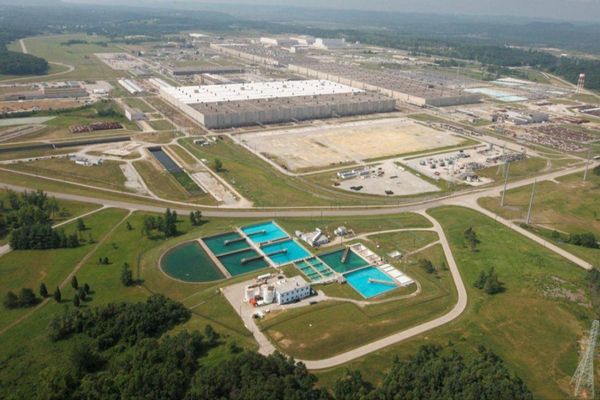
Criticisms raised by a whistleblower who called Australia’s carbon credits “largely a sham” have been supported in a new report commissioned by the Albanese government.
The study by the Australian Academy of Science, requested by the independent Chubb review, examined strengths and limitations of four methods used to generate Australian carbon credit units by reducing or avoiding emissions.
Each of the methods – human-induced regeneration (HIR), avoided deforestation, landfill gas, and carbon capture and storage – had flaws that potentially undermined investor and community confidence in credits, the academy’s report found.
One issue was whether the projects claiming the carbon cuts would have gone ahead without the granting of credits. The methods’ complexity and lack of transparency were other challenges.
For instance, farmers in inland New South Wales and Queensland were being paid for limiting land-clearing for cattle grazing when the biggest factor in vegetation growth was rain.
“Variable patterns in rainfall are the dominant drivers of fluctuations in woody biomass in these systems, with the proportion attributable to human activity small and variable,” the study found in its analysis of the single largest Australian carbon credit unit source at 28%.
“This triggers the ‘evidence based’ offset integrity standard, as it is not clear how changes in carbon sequestration in HIR projects can be convincingly differentiated between human and climatic changes.”
Andrew Macintosh, an Australian National University professor and former head of the government’s emissions reduction assurance committee who warned much of the carbon market was a waste of taxpayer funds, said the report findings “support our position that the carbon market has significant integrity problems that are in need of urgent attention”.
With HIR projects, the regulator had “no processes for separating out the impacts of rainfall from the impacts of grazing management, meaning proponents will inevitably be credited for rainfall-induced changes in tree and shrub cover”, he said.
“In simple terms, proponents will get credits for growing trees that would have grown anyway,” Macintosh said.
The report also recommended such projects be limited to “areas with higher rainfall and showing clearer signals of human activity”, findings in line with his group’s views.
Similarly, landfill operators were claiming credits for cutting methane emissions that were often already earning large-scale generation credits for electricity production.
“Some landfill operators have a baseline under 30%, carried over from previous government schemes as part of the newness provision that allows project transitions,” the study found. “This runs counter to principles of regulatory additionality.”
“This should not surprise anyone,” Macintosh said. “Our position was simple and inarguable, and the vast majority of the landfill gas sector has publicly agreed that the baselines for a significant number of projects are not fit for purpose.”
A spokesperson for the department of climate change said the purpose of the Chubb Review was to “ensure Australia’s carbon crediting framework maintains a strong and credible reputation supported by participants, purchasers and the broader community”.
The academy report was commissioned to provide “a rapid assessment of these methods”, and would be among “key contributions” for the review panel.
Polly Hemming, a senior carbon credit analyst at the Australia Institute, said the report was “cautious” and predicted it would limit the review’s findings.
“It is hard to see how the Chubb review can now do anything other than advise the government that there are manifest problems with the linchpin of its climate policy,” Hemming said, adding the report only considered four of 30-plus methods of generating credits.
“The Australian government is putting considerable weight behind blue carbon and soil carbon credits without subjecting the methodology to similar scrutiny,” she said.
The academy report also emphasised the need for the government to avoid rushing through legislation on the related safeguard mechanism for industry “before it can guarantee the integrity of the credits being used”, Hemming said.
The academy report also said “a well-designed scheme” could bring other benefits than a “cleaner environment”, such as alleviating poverty and advancing cultural stewardship obligations of Indigenous communities.







